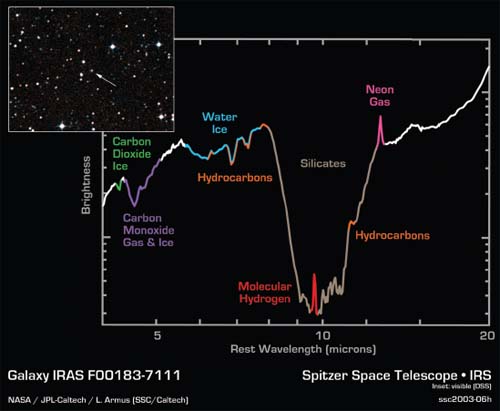Life in the UniverseLife on Exoplanets |
How has the discovery of exoplanets affected the search for extraterrestrial life? |
Since the definitive discoveries of the first exoplanets in the 1990s, hundreds of ex-oplanets (or “extrasolar planets”) and thousands of exoplanet candidates have been discovered. Of these detections, dozens have been shown to exist in exoplanetary systems that contain more than one planet orbiting a single star. These discoveries have completely changed the way scientists thought about extraterrestrial life. On the one hand, if so many planets exist, and so many planetary systems with multiple planets exist, then surely solar systems like ours exist—and with them, the possibility that they harbor life as we know it. On the other hand, the remarkable variety among planetary systems discovered so far suggests that scientists may have thought too narrowly in the past about environments where life might thrive. Instead of basing the search for life solely on solar systems like our own, or on planets like those orbiting the Sun, astronomers are now thinking much more broadly and creatively about ways to find life in the universe.

The Spitzer Space Observatory used infrared spectroscopy to analyze the distant galaxy IRAS F00183–7111, where water and organic compounds were successfully detected. (NASA/JPL-Caltech/L. Armus, H. Kline, Digital Sky Survey)
